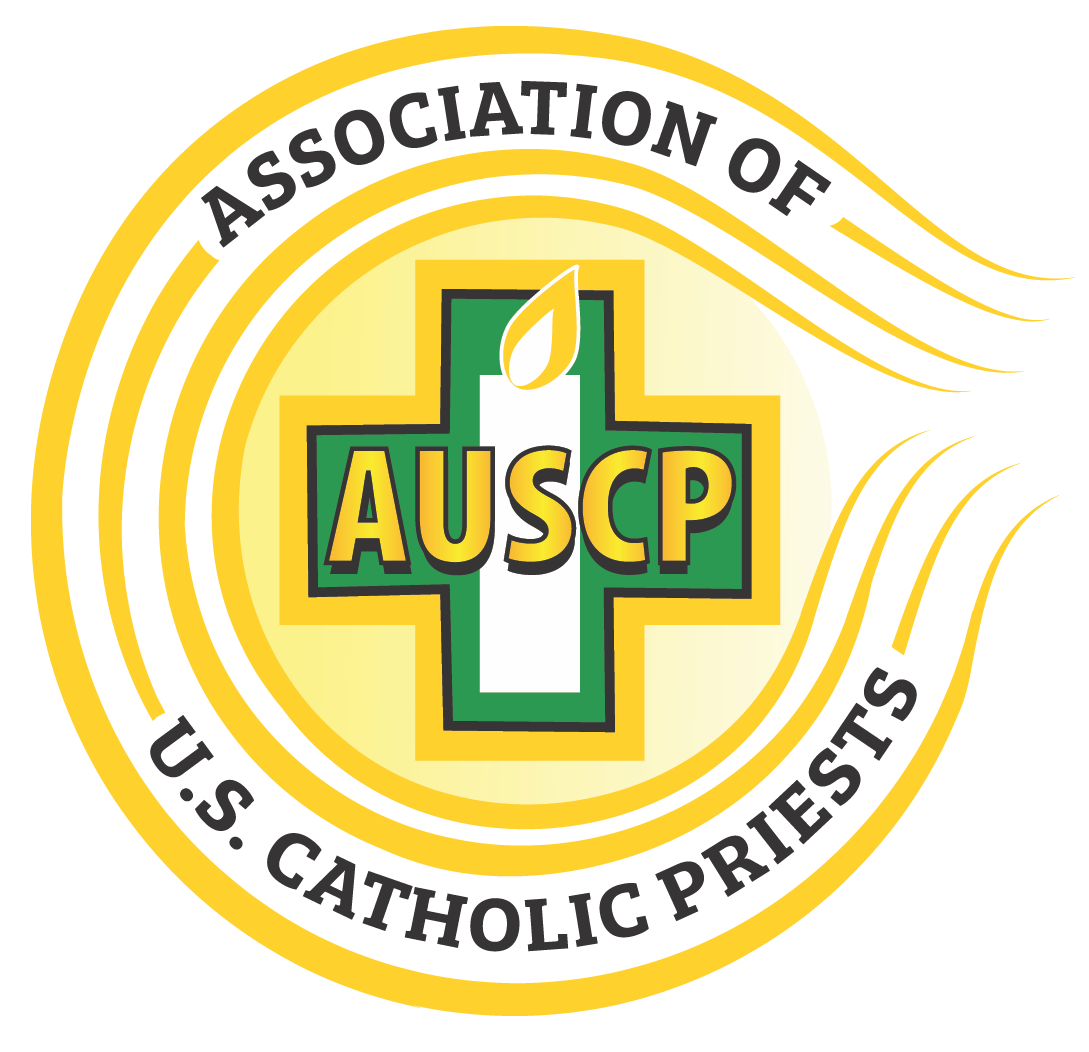The Second Vatican Council endorsed the human right of “freedom of religion” or “religious liberty”. The document was the personal project of the U. S. Jesuit, John Courtney Murray. Throughout the 1950s Murray’s views on “church and state”had been censured by bishops and conservative theologians. The Council’s adoption of his views on religious freedom was a deserved vindication of his long-fought struggle.
What was evident for the whole world to see was that the teachings of the Roman Catholic Church were the result of a political process, including factions, debates, lobbying and voting. Some people in the past were aware that the doctrines were the conclusion of arguments. The Council, however, had thrown open the whole messy process from which teachings emerged.
The Council fathers thought that the sixteen documents that they published were the main product of the Council, but the most important result was an upending of the church’s basis of authority by the revelation of how church doctrines come to be.
Experts on the Bible had long ago concluded that every word of the Bible is a human word. Even more obviously than in the case of the Bible, church teachings are formulated by human beings in human words. The delay in extending that biblical understanding to church doctrines made the effect earth-shaking when the Council did so by its actions. The fact that church teachings are the result of a historical process and are subject to change does not mean that the teachings are false.
The Second Vatican Council initiated a revolution. Disorder and confusion of radical change began to surface. The Council closed on December 8, 1965, which Bernard Haring pronounced was “the day the Council begins.” In his view what was needed after the Council was not the application of documents but for every bishop to go home and replicate the conciliar experience that he had in Rome.
The development of doctrine in church history would not have happened, without controversies, debates and church councils coming first. However, historical memory recalls the formal juridical process of the Inquisition. Accused individuals were brought to trial and when found guilty were punished and even executed. The Inquisition was led by authorities believing that “error has no rights” and the “truth of the faith” and the “unity of the faith community” must be protected—even using execution to do so.
The 20th and 21st centuries have experienced an explosion of information and awareness. The historical boundaries and narrow perspectives of previous centuries are challenged. Many things seem to be fair game for doubt and dismantlement.
- Is there no such thing as “Truth”?
- Are there your “facts” and other people’s “alternative facts”?
- What does this environment ask of a religious tradition that came to be having been inspired by divine initiative?
Key Questions
The following questions have been presented to begin our “conversation on religious liberty”:
- In this 21st century information age when awareness and teaching of other world religions is widely disseminated, where do you see the human right of “religious freedom” currently violated?
- [e.g., the targets being:
- any religious leader,
- theologians,
- priests, deacons, bishops,
- Catholic lay people,
- non-Catholic Christians,
- non-Christian faith traditions,
- any human individual].
- [e.g., the targets being:
- The human right of religious freedom applies both ad intra and ad extra in the Church. What issues of the 21st century require this teaching to be remembered and applied?
In this webinar, we welcome any response to these questions or any other comments you may have concerning religious liberty.
